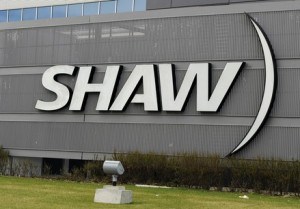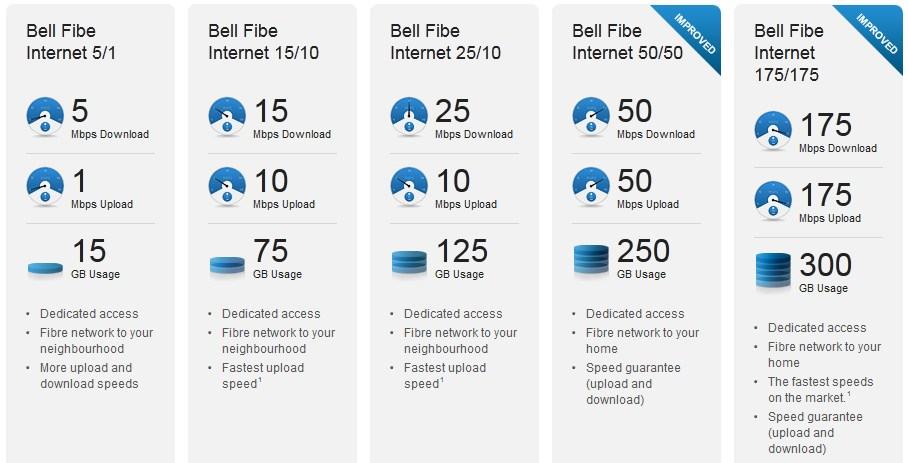 Shaw Cable has pulled the plug on its complimentary cable radio service on Vancouver Island, which used to provide enhanced FM reception of radio services from across the province and from the United States.
Shaw Cable has pulled the plug on its complimentary cable radio service on Vancouver Island, which used to provide enhanced FM reception of radio services from across the province and from the United States.
Listeners in the Vancouver area never received notification the service was being terminated, and a Shaw spokesman said the company did not bother because it was a free service delivered to cable customers.
Some listeners called the loss of more than 20 FM stations devastating, leaving them with as few as three clear stations, and no reception of CBC Radio 2 from Canada’s public radio network.
Kerry Hunt, Shaw’s regional manager for Vancouver Island, said the company is phasing out the FM radio service in order to increase Internet speeds and make room for additional digital cable channels.
“Nobody is installing FM anymore,” Hunt told Canada.com. “It’s just a service that is very rarely even being used.”
Hunt called cable radio anachronistic in the digital and Internet age, and those customers who value the service are now being pushed to use Internet streaming services, offered by many of the stations listeners lost. But those streams count against the company’s Internet Overcharging usage caps, and with many of cable radio’s fans among the less-computer-savvy elderly, the expense to add broadband service to continue listening to radio stations they used to receive for free is a hardship.
Cable radio service is a legacy service, originally introduced in the 1970s and 1980s to provide enhanced radio service to cable-TV subscribers over cable-wired FM receivers. Some cable systems delivered national radio superstations, college stations not available over the air, or distant regional radio signals not well received by cable subscribers.
The Canadian Radio-television and Telecommunications Commission used to require all Canadian cable operators provide the service, converting all area AM signals for FM reception. Those rules have been considerably relaxed, and today most cable operators deliver the bare minimum, including one CBC Radio service, over its set top cable boxes.
Shaw says it plans to gradually discontinue cable radio service across its entire coverage area.


 Subscribe
Subscribe





